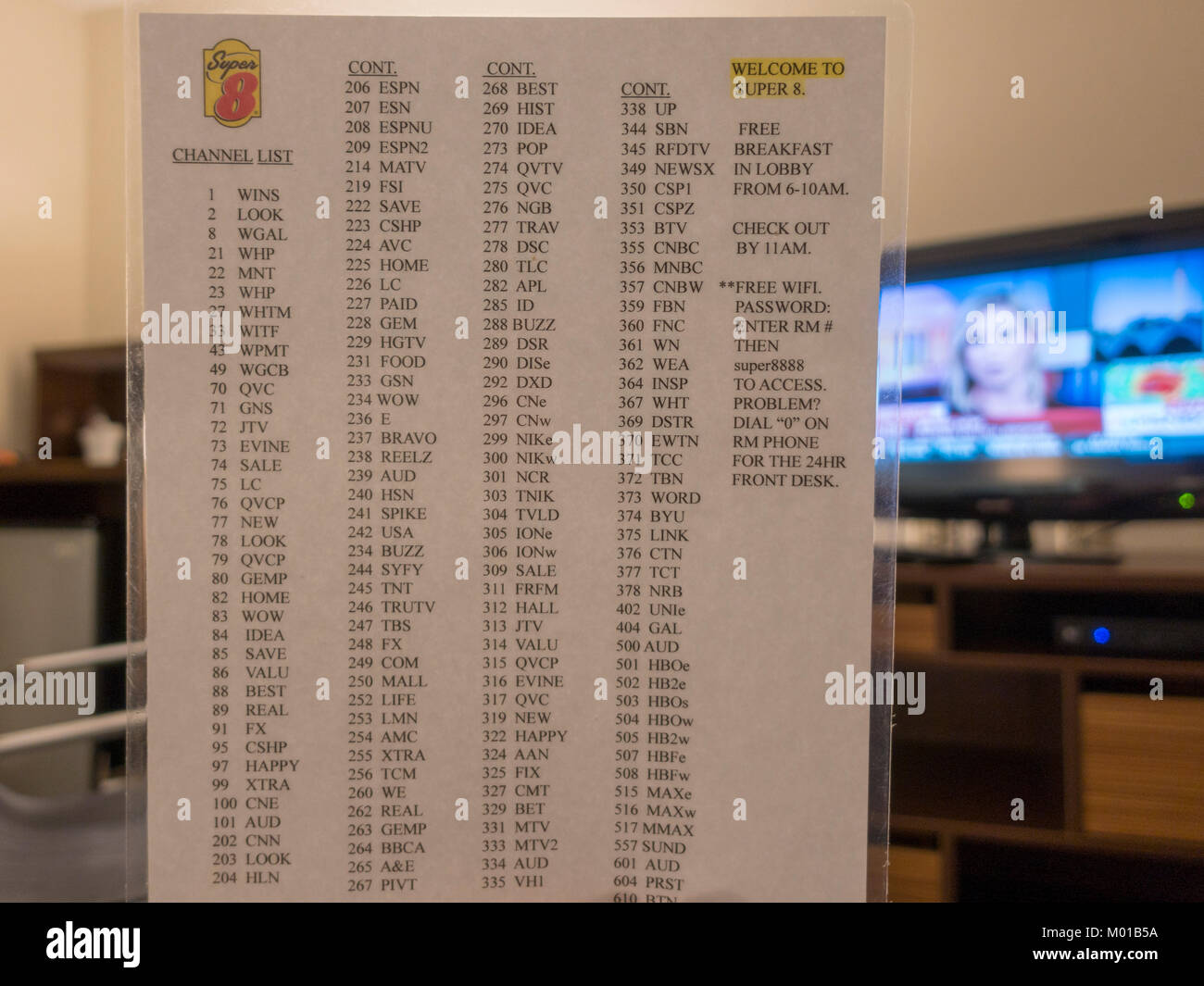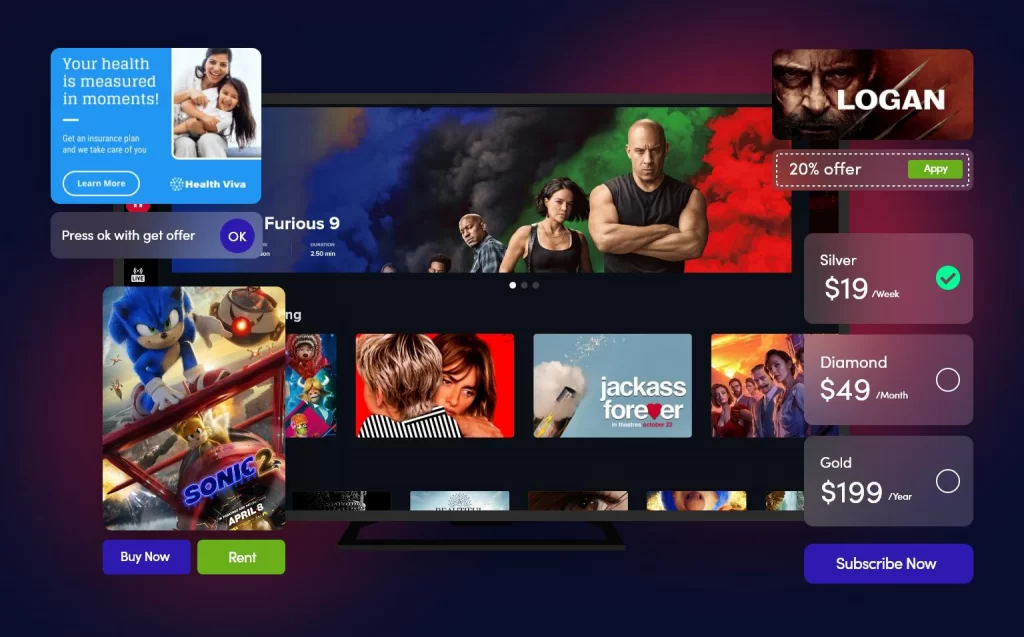What Does Apollo Group Tv Do?
What Does Apollo Group Tv Do?
Blog Article
Facts About Apollo Group Tv Revealed
Table of ContentsThe Buzz on Apollo Group TvApollo Group Tv Things To Know Before You BuyThe Basic Principles Of Apollo Group Tv Some Ideas on Apollo Group Tv You Need To Know
In this circumstance, rather than having three-minute industrial places throughout a 30-minute tv program, TV programming may alter to one where a customer will certainly be required to have a regular monthly registration, so that they cen view targeted banner ads. This kind of advertising already occurs online, and the quantity of information tv firms accumulate allows them to do similar.Explain the major trends amongst the broadcasting and cord networks. Popular radio shows such as police dramatization Dragnet and western cowboy series Gunsmoke were adapted for tv, and brand-new TV programs were funded by single marketers, just as radio programs had actually been.
Today, the television sector is much more intricate. Programs are funded by several advertisers; programming is controlled by significant media empires; and the 3 major networks no longer dominate the airwaves but rather share their customers with many cable television channels. Numerous aspects account for these fads within the sector, including technical developments, federal government regulations, and the production of new networks.
A Biased View of Apollo Group Tv
Developed in 1969, (PBS) created out of a report by the Carnegie Commission on Educational Television, which examined the role of instructional, noncommercial television on society. Public tv was additionally meant to give universal access to tv for visitors in rural areas or customers that could not manage to pay for exclusive television services.
The period between 1950 and 1970 is traditionally identified as the. Besides a little section of airtime regulated by public tv, the three major networks (called the Big 3) controlled the tv sector, jointly accounting for greater than 95 percent of prime-time viewing. In 1986, Rupert Murdoch, the head of multinational business Information Corp, released the Fox network, testing the prominence of the Big 3.
Targeting young and minority target markets with programs such as Buffy the Vampire Killer, Moesha, Dawson's Creek, and The Wayans Bros., the brand-new networks wished to attract terminals far from their old network associations. Instead than duplicating the success of Fox, UPN and WB battled to make an influence. Incapable to bring in several associate terminals, both recently established networks got to fewer homes than their larger rivals because they were unobtainable in some smaller sized cities.
This choice led the way for the advancement of cord flick networks, adding to the exponential growth of cable in the 1980s and 1990s. apollo tv. Additional deregulation of cord in the 1984 Wire Communications Plan Act eliminated limitations on cable television rates, enabling drivers to bill what they desired for cable television solutions as long as there was efficient competition to the service (a standard that over 90 percent of all wire markets might satisfy)
Apollo Group Tv Can Be Fun For Everyone

Having created the very first "superstation," Turner expanded his realm by establishing 24-hour information network CNN in 1980. At the end of the year, 28 nationwide shows services were available, and the cable television transformation had actually started. Over the following years, the sector undertook a duration of rapid growth and popularity, and by 1994 audiences might pick from 94 fundamental and 20 costs wire solutions.
Number 9 - https://www.merchantcircle.com/blogs/apollo-group-tv-miami-fl/2024/10/Your-Gateway-to-Ultimate-Streaming-Entertainment/2833809.16 Increased competitors from cable channels has actually created a stable decrease in the networks' target market ratings. During the 1950s, the price of producing a single tv program increased as shows came to be much longer and production expenses skyrocketed. Sponsorship on network tv shifted from single sponsorship, in which a program was totally sustained and created by one marketer, to numerous sponsorship, in which advertisers acquired 1- or 2-minute spots on the program
Each feedback ought to be a minimum of one paragraph. Pick one of the Big Four networks and print out its once a week programs timetable. View the network's prime-time programs over the training course of a week, noting the target group for each program. Observe the marketing enrollers that support each program and compare just how the products and services fit with the desired audience.
Apollo Group Tv for Dummies

Straight Television, typically referred to as traditional program Television, incorporates wire and satellite television., think of it as the timeless way of seeing TV that has been around for decades.
Report this page